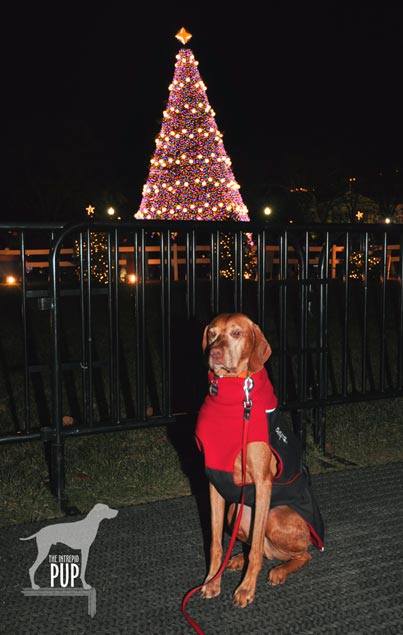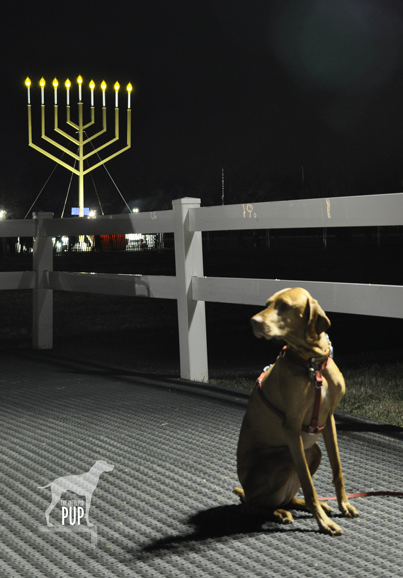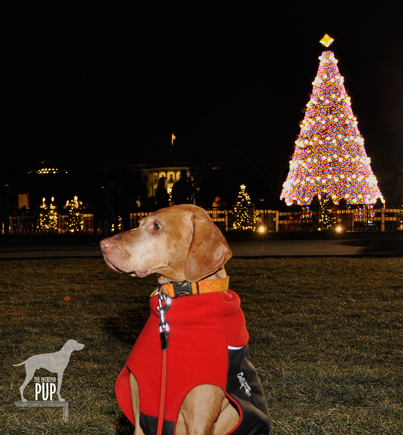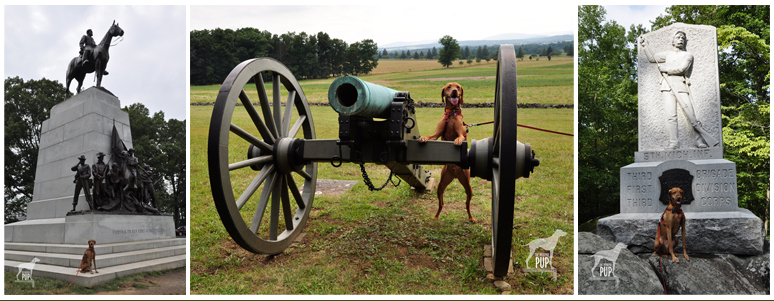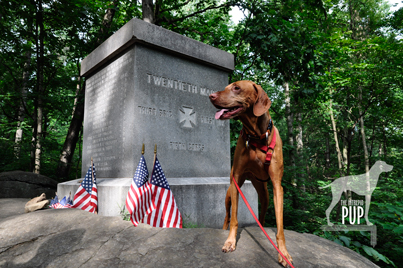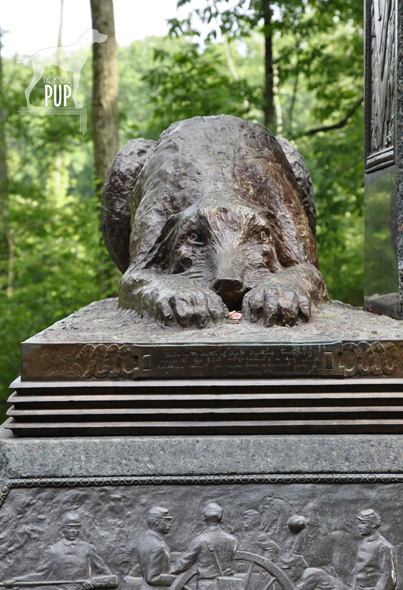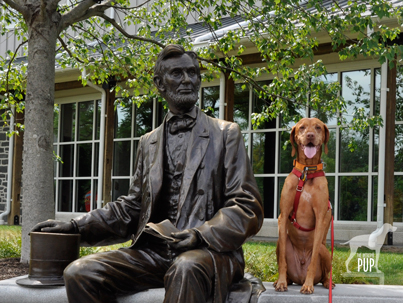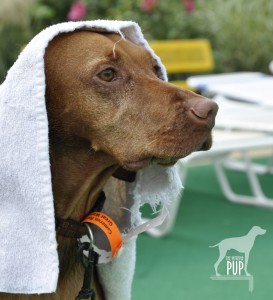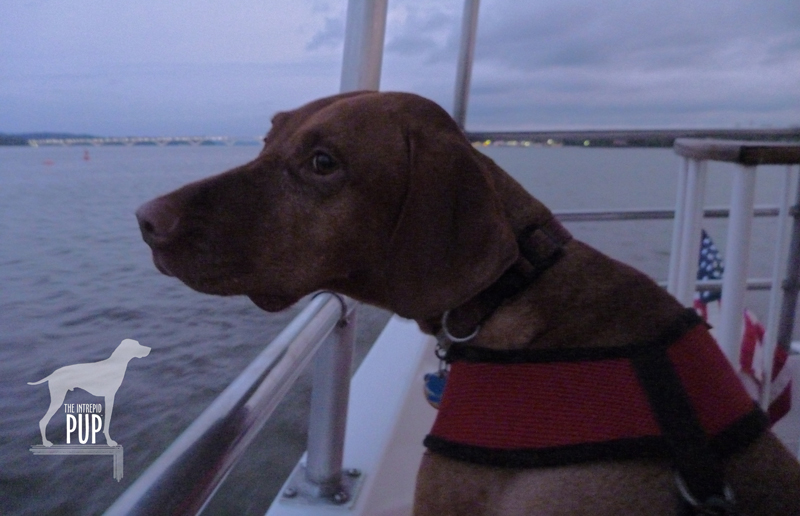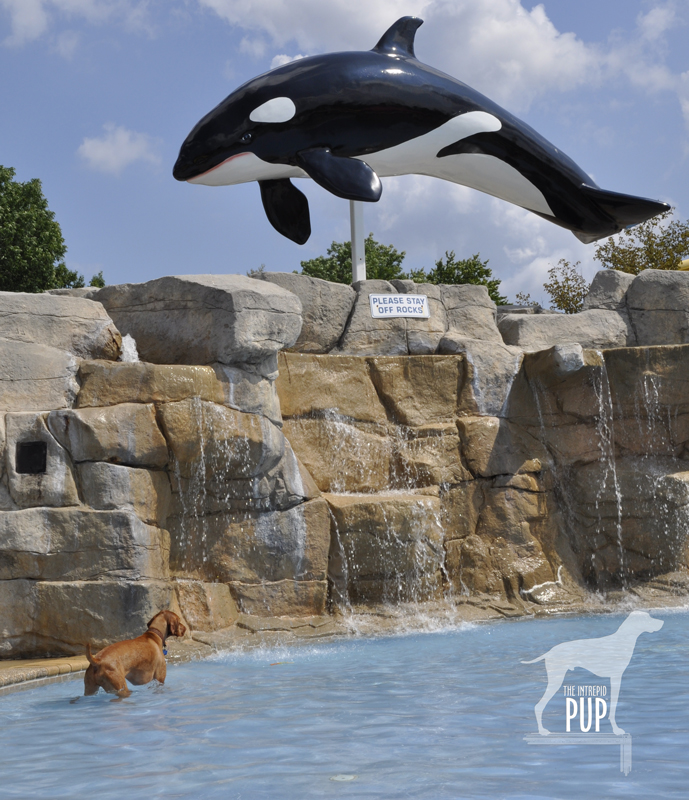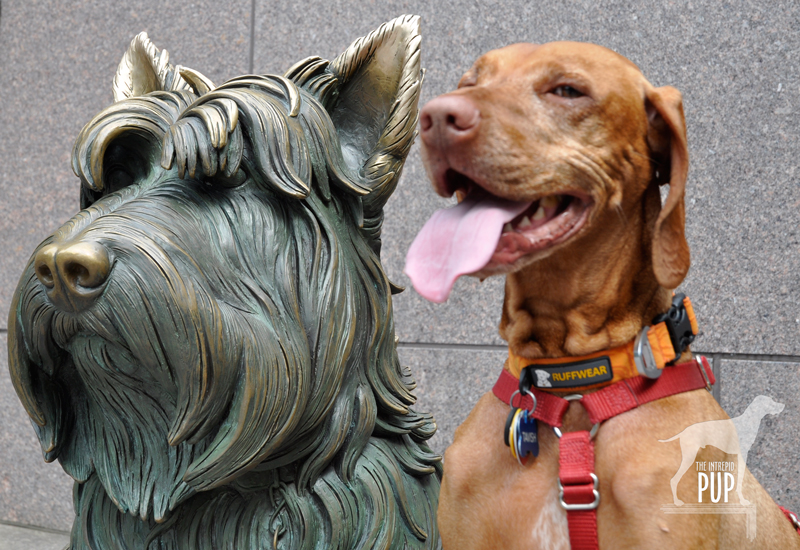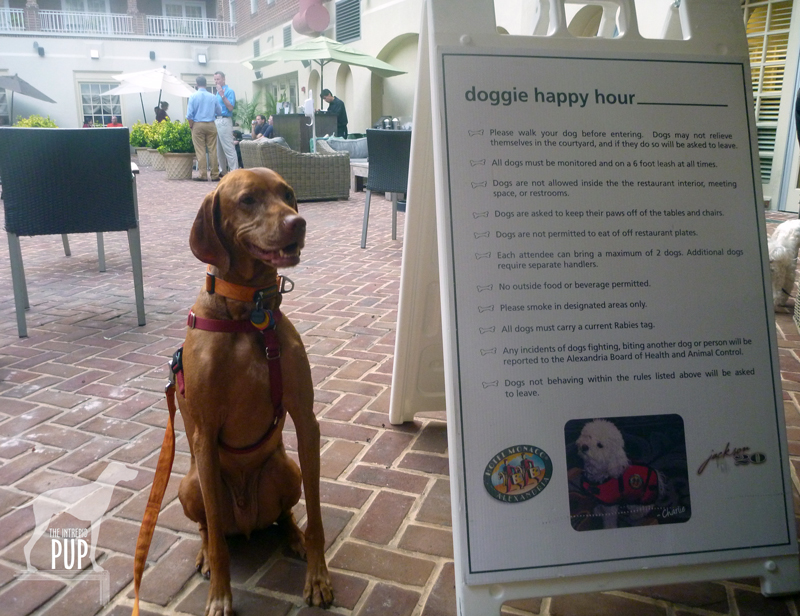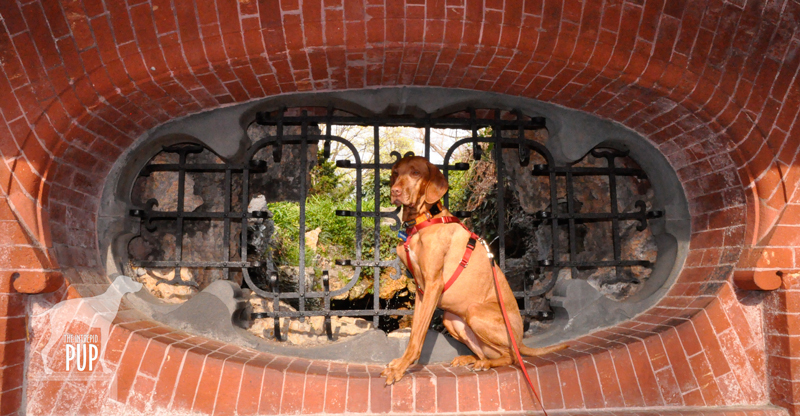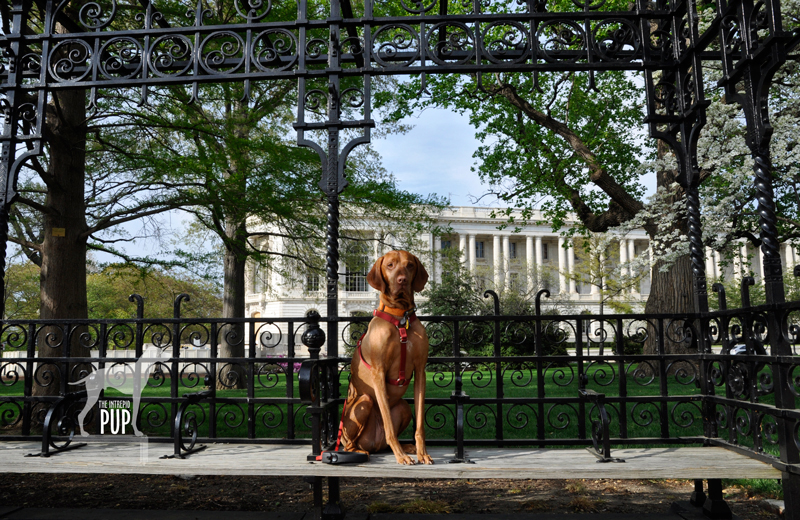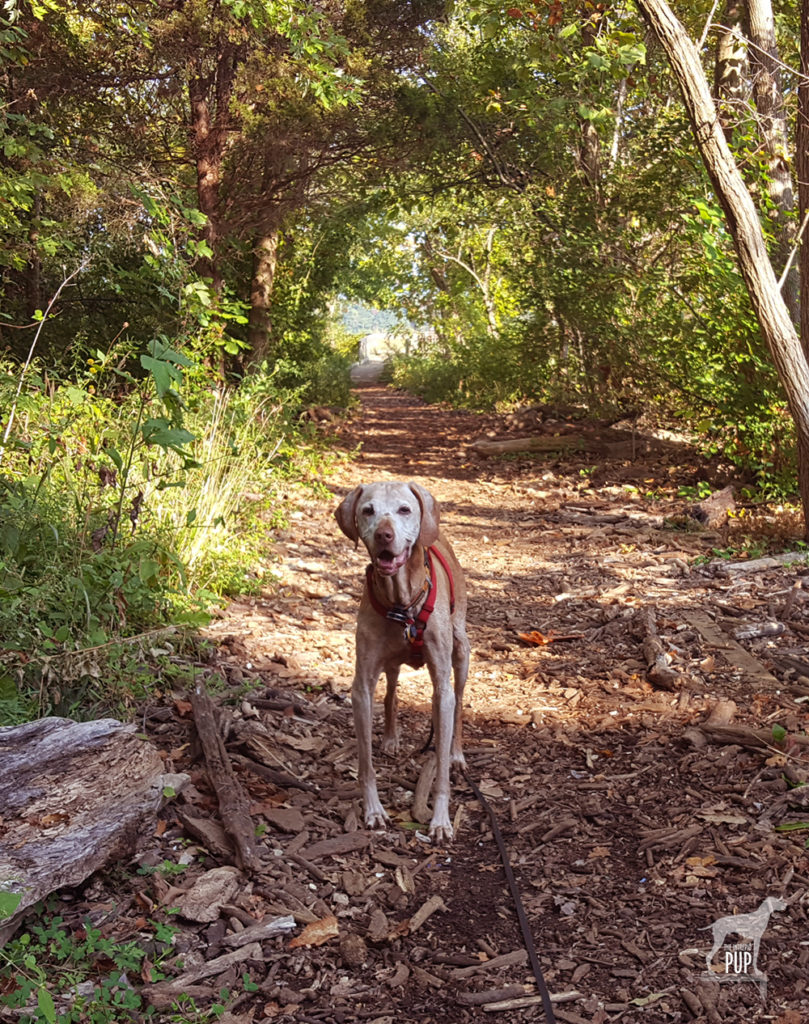
Friends, the moment we knew would inevitably arrive has happened. Friday evening with our beloved vizsla Tavish was our last.
What many of you may not have known was that in March, Tavish received a serious diagnosis. In putting him first—and considering with our veterinary team his quality of life and all possible options and outcomes—we concluded that his medical issues were unfortunately beyond the power to fix.
So, we concentrated on sustaining Tavish’s best life. The commitment to take each day as it came and to make the most of each one, made all the difference in how Tavish (and we) approached the past nine months, surpassing all prognoses. Together we created many more happy memories, logging countless additional miles on hikes and visiting eight more National Park sites—his enthusiasm transmitted up the leash.
This week his body ultimately betrayed him, but his sweet personality never wavered…not once. It was a final blessing that his end came swiftly and peacefully—within a matter of hours—and that we were at his side for mutual comfort.
Tavish was a 14½-year gift who changed our lives in ways we never could have predicted. He effortlessly collected friends and unique experiences, and we’re grateful to have shared in them. Tavish visited more than 500 historical attractions, natural wonders, and cultural events in 19 U.S. states, the nation’s capital, and in Canada. He touched 400+ lives as an AKC-certified therapy dog making over 230 visits, mostly with children and the elderly. He’s won awards and been featured on Hungarian television, in a Voice of America broadcast, in a book about dog travel, in the Washington Post, and in Northern Virginia Magazine.
Everywhere we look there’s evidence of his impact and influence on our family. And that makes his loss (and our grief) all the more profound. But it’s also a powerful legacy. For those of you who have followed our Intrepid Pup via our website and social media, we’ll see what happens…. In the meantime, draw your loved ones closer. And if Tavish’s path has intersected with yours, please share memories with us as we try to find solace that he is now smiling on a trail free of discomfort, sorrow, and partings.
The coming days will be hard. Already we have opened the car door expecting our co-pilot to bound out. Pulled into the driveway, listening for a welcoming bark. Thought of a place we wanted to take him. Sat down on the couch and automatically left a spot for our friend to join. Reached out for the confidante who isn’t there. And, in the too-quiet, anticipated the clicking of Tavish’s nails on the floor signaling the Intrepid Pup’s trademark entreaty, “Come! Adventures await.”
Farewell, pup. Thank you for everything.
(June 6, 2005 – December 20, 2019)

